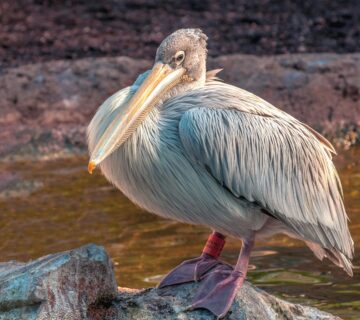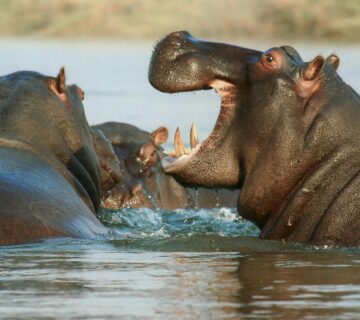What Is The Best Time To Visit Kidepo Valley National Park?
Kidepo Valley National Park, often described as Uganda’s most remote and unspoiled wilderness, offers spectacular experiences all year round. However, the timing of your visit can significantly influence what you see and how much you enjoy your safari. The park’s semi-arid climate means it experiences distinct wet and dry seasons, each shaping the landscape, wildlife activity, and travel conditions in unique ways. Understanding these seasonal variations will help you plan the perfect visit to this hidden gem of northeastern Uganda.
The Climate and Seasons in Kidepo Valley
Kidepo Valley National Park lies in a semi-arid region of Uganda’s Karamoja area, and its weather patterns differ slightly from the country’s central and western parks. The park generally experiences two major seasons:
The Dry Season — from September to March
The Wet Season — from April to August
Each season offers distinct advantages and challenges for visitors, influencing wildlife behavior, vegetation cover, and accessibility.
Visiting During the Dry Season (September to March)
The dry season is considered the best time to visit Kidepo Valley National Park. During these months, rainfall is minimal, and temperatures remain warm but comfortable, averaging between 27°C and 32°C during the day.
Advantages
- During the dry season, the park’s vegetation thins out, and water sources become scarce, concentrating wildlife around the few remaining waterholes — especially in the Narus Valley. This makes it much easier to spot animals such as elephants, buffaloes, lions, and antelopes. Cheetahs, in particular, are more frequently seen during this period as they hunt across the open plains.
- Roads and trails within the park are dry and accessible, making game drives smoother and more enjoyable. Photography is also exceptional during this season, with golden light and clear visibility across the savannah plains.
Disadvantages
- Because this is the peak safari season, accommodations may be busier, and prices can rise slightly. The arid climate may also make the afternoons quite hot and dusty, especially in February and March.
Visiting During the Wet Season (April to August)
The wet season brings a refreshing transformation to Kidepo Valley. Sporadic rains rejuvenate the plains, turning the park into a lush, green landscape teeming with life. The average daytime temperatures range between 24°C and 28°C, and rainfall is moderate compared to Uganda’s wetter regions.
Advantages
This season paints the park in vibrant shades of green, creating beautiful scenery for landscape photographers. The birdlife flourishes during this time, with migratory species arriving to breed, making it the best period for birdwatching enthusiasts. The park is also less crowded, offering a sense of solitude and tranquility.
Disadvantages
Some roads can become muddy and slippery, particularly around the Kidepo and Narus Valleys, which may limit accessibility to certain areas. The thick vegetation can also make spotting wildlife more difficult, as animals spread out and are less reliant on concentrated water sources.
Overall Recommendation
While Kidepo Valley National Park is open and enjoyable throughout the year, the dry season (September to March) stands out as the ideal time for a visit. It offers the best wildlife-viewing opportunities, easier travel conditions, and optimal weather for outdoor adventures. However, for travelers who prefer fewer crowds and a greener, more serene environment, the wet season (April to August) provides a beautifully tranquil alternative, especially for bird lovers and photographers.
Ultimately, the best time to visit depends on what kind of safari experience you seek — thrilling game viewing under golden skies or a peaceful exploration of Uganda’s most remote paradise wrapped in lush greenery.





